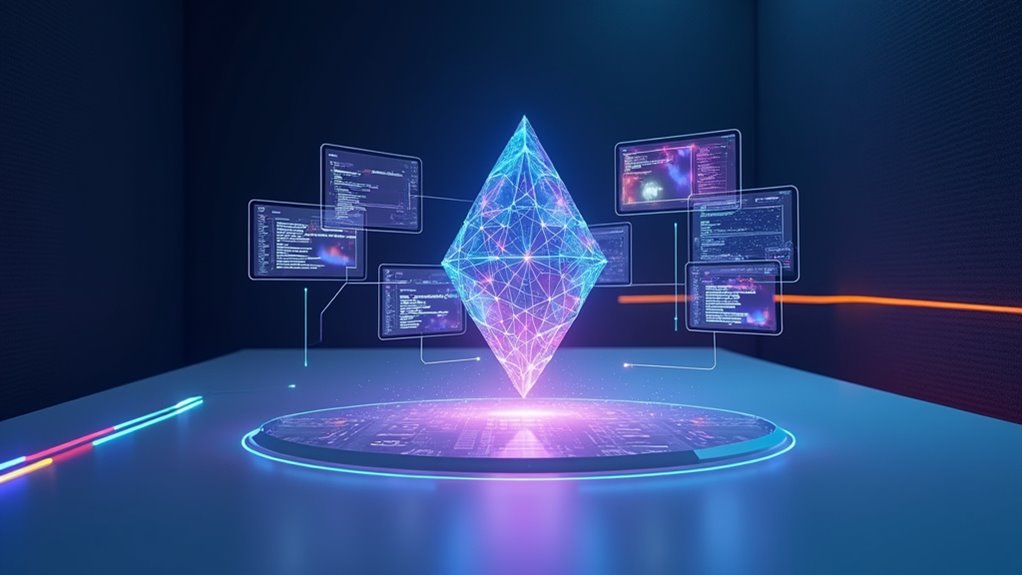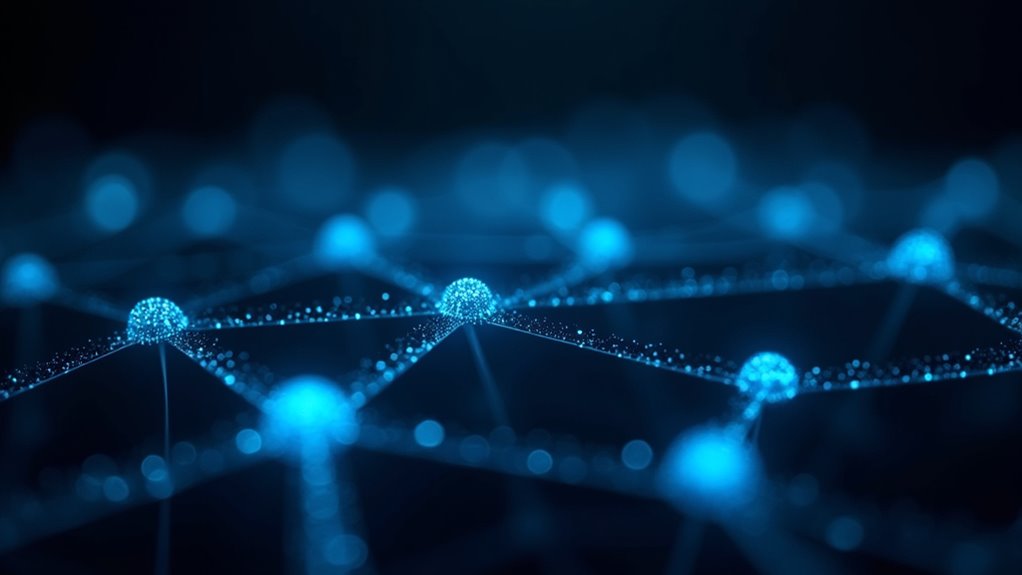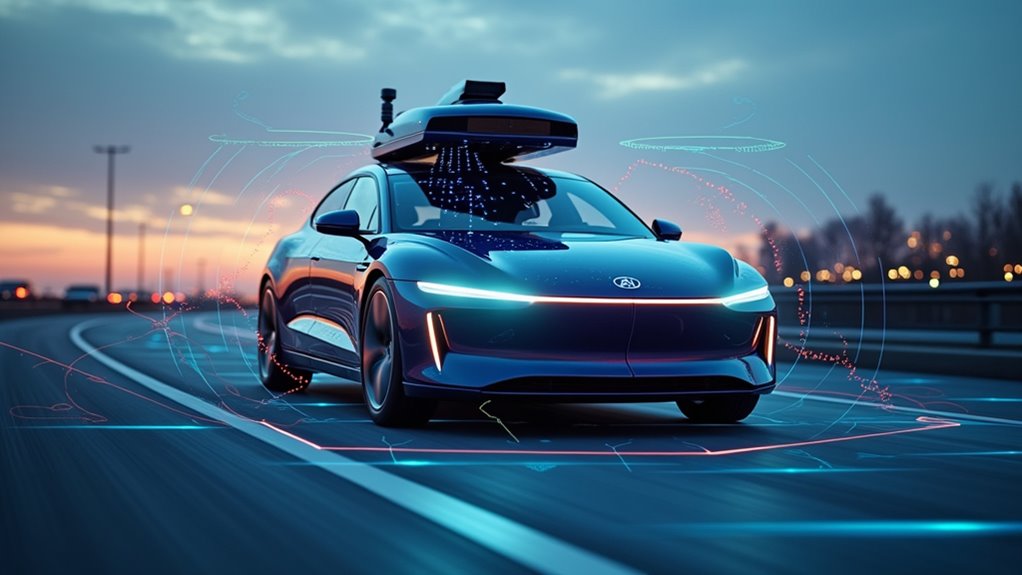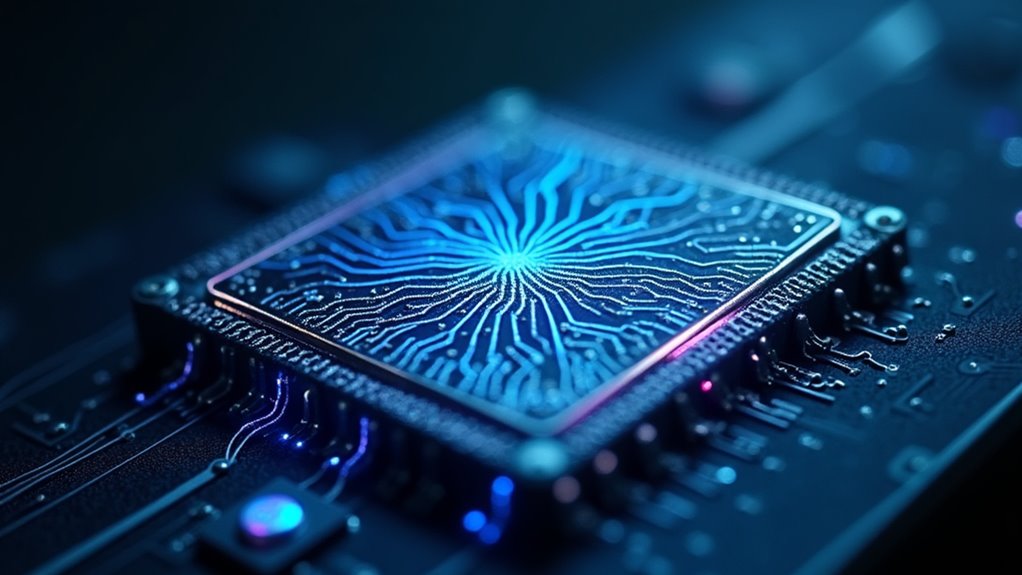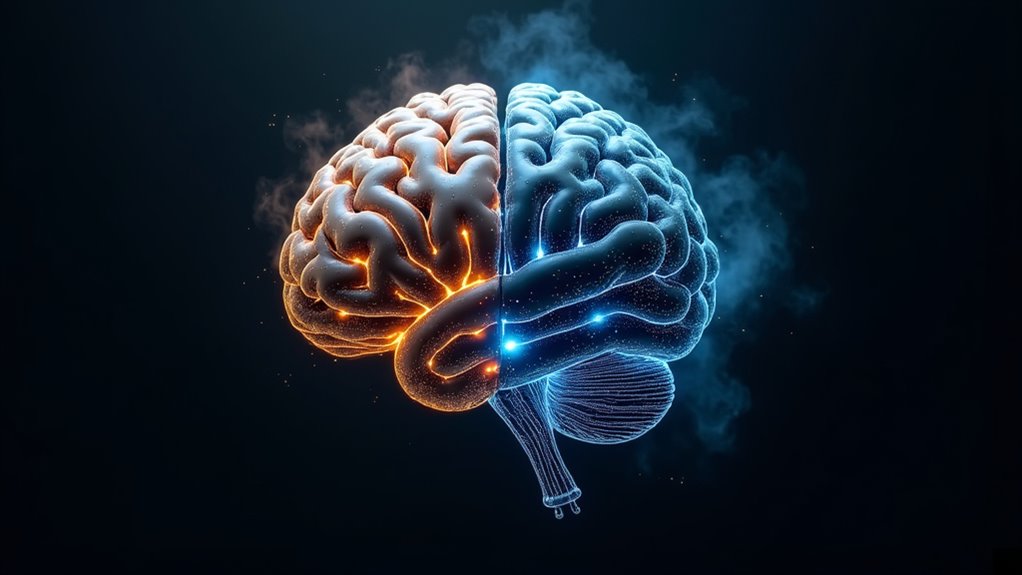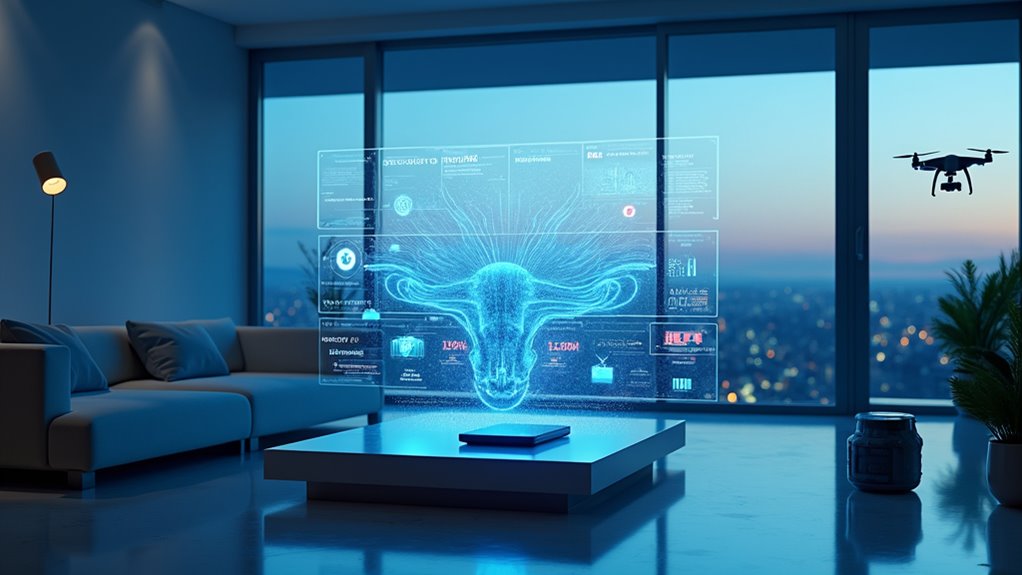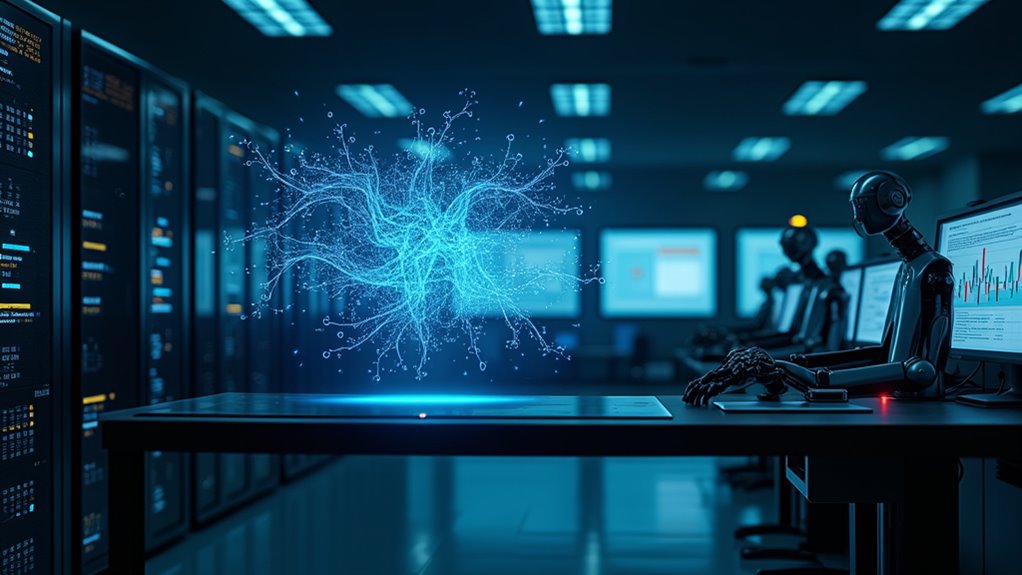Gemini AI is Google’s newest artificial intelligence powerhouse, launched in December 2023 after years of development with DeepMind. This isn’t your average chatbot – it’s a sophisticated family of models that handles text, images, audio, and video simultaneously. With variants like Ultra, Pro, and Nano, Gemini can write code, analyze videos, and tackle complex problems. While it occasionally messes up (hey, nobody’s perfect), its impressive 1-million token window and multimodal capabilities signal big changes ahead for AI technology.
While tech giants race to dominate the AI landscape, Google has released its most ambitious project yet – Gemini AI. This powerhouse of artificial intelligence isn’t just another chatbot; it’s a sophisticated family of models that can handle everything from writing code to analyzing videos. Launched in December 2023, Gemini represents nearly a decade of collaborative work between Google’s AI labs and DeepMind. Not too shabby for a company that’s been playing catch-up in the AI race.
What makes Gemini special? It’s all about that multimodal magic. Unlike its predecessors that struggled with multiple formats, Gemini effortlessly juggles text, images, audio, and video – sometimes all at once. Need to solve a complex physics problem while generating a blog post and analyzing a video? Gemini’s got you covered. It’s like having a digital Swiss Army knife, minus the tiny scissors nobody uses.
Think of Gemini as your all-in-one digital companion, juggling multiple tasks with the finesse of a seasoned performer.
The model comes in different sizes – Ultra, Pro, and Nano – because one size definitely doesn’t fit all in the AI world. Its token window of 1 million allows for processing massive amounts of information at once. Initially available through the Gemini chatbot and select Google Pixel devices, it’s set to spread across Google’s services like wildfire. The technical architecture is built on transformers (no, not the robot kind) that make it surprisingly efficient with computational resources.
But let’s get real – Gemini isn’t perfect. It can sometimes spit out incorrect information, and its image generation capabilities have hit some roadblocks. Users should definitely fact-check its outputs, unless they enjoy spreading misinformation. Early projections suggest that this technology could help businesses achieve productivity gains of 40% through enhanced worker performance. Like other current AI systems, it remains limited to narrow AI capabilities, lacking the general-purpose intelligence of true AGI.
Still, its ability to reason, explain, and connect with other Google services makes it a formidable player in the AI field. Looking ahead, Google continues to beef up Gemini with new features and capabilities. Future updates promise improvements in planning and memory functions.
For now, it’s proving its worth in everything from coding and translation to creative writing and data analysis. In the ever-evolving world of AI, Gemini stands as Google’s bold statement that they’re not just in the game – they’re playing to win.
